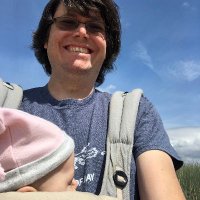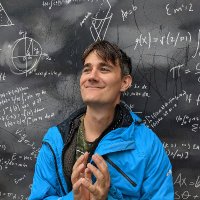
Harald Ringbauer
@haraldringbauer
Population Geneticist @MPI_EVA_Leipzig. Creating computational tools. Inferring (pre)history from ancient DNA.
@[email protected]
ID: 1092114817903673345
https://hringbauer.com 03-02-2019 17:37:17
923 Tweet
1,1K Followers
672 Following
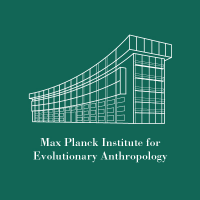
Great news! 🥳 Led by the amazing Mateja Hajdinjak, a new Max Planck Research Group for Hominin Palaeogenomics started MPI-EVA Leipzig. 😊😍 Using cutting-edge #aDNA methods, its goal is to shed light on past encounters between hominin groups. Max Planck Society eva.mpg.de/press/news/art…


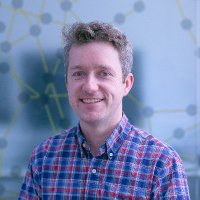
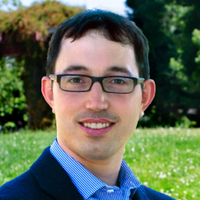
We know that DNA introgressed from one population into another is often deleterious, but why? Carl Veller and I show that stabilizing selection, by itself, can induce selection against introgressed ancestry. doi.org/10.1101/2024.0…

A briefing of our latest research, hot off the press: Ancient equine genomes reveal dawn of horse domestication nature.com/articles/d4158… CAGToulouse Horsepower nature
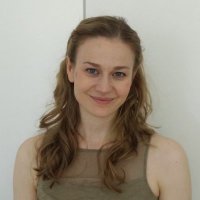
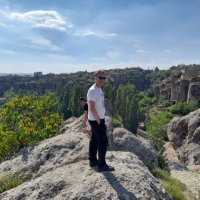
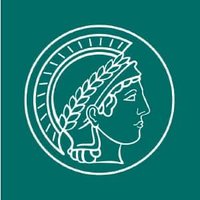
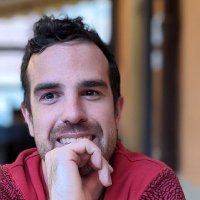
We’re thrilled to see our paper (rb.gy/u6islv) on the amylase locus published in nature last week! HUGE thanks to Nicole Soranzo and Erik Garrison (Human Technopole) for setting the stage to collaborate with Peter Sudmant and his lab at UC Berkeley - CR: S. Brandini 1/n
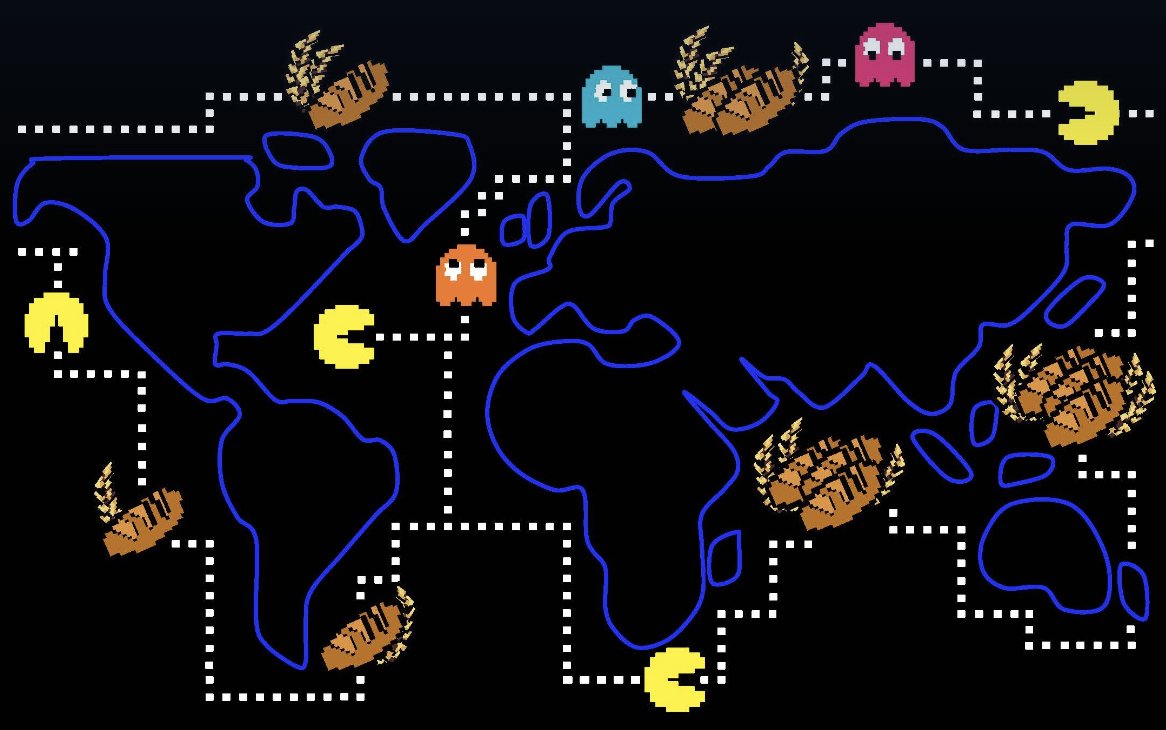



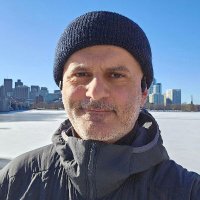
Congratulations to Ali Akbari Ali Akbari on his amazing new work on selection in Western Eurasia that is finally released as a preprint after years of painstaking work. Accompanying it is a selection browser (beta) reich-ages.rc.hms.harvard.edu biorxiv.org/content/10.110…

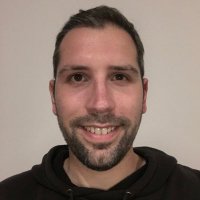
Preprint alert🚨This one is special, as I am happy to share our latest work on the genetic history of my native Portugal! Led by postdoc Xavier Roca-Rada, PhD, we use aDNA to uncover dynamic interactions between migrant and local communities across millennia! biorxiv.org/content/10.110…

Oldest human #DNA from South Africa decoded to date. 10,000-year-old DNA provides insights into the region's #population history. Study by Joscha Gretzinger, Victoria Gibbon, Stephan Schiffels et al. in NatureEcoEvo. MPI-EVA Leipzig UCT tinyurl.com/3fjzu5vr & nature.com/articles/s4155…

